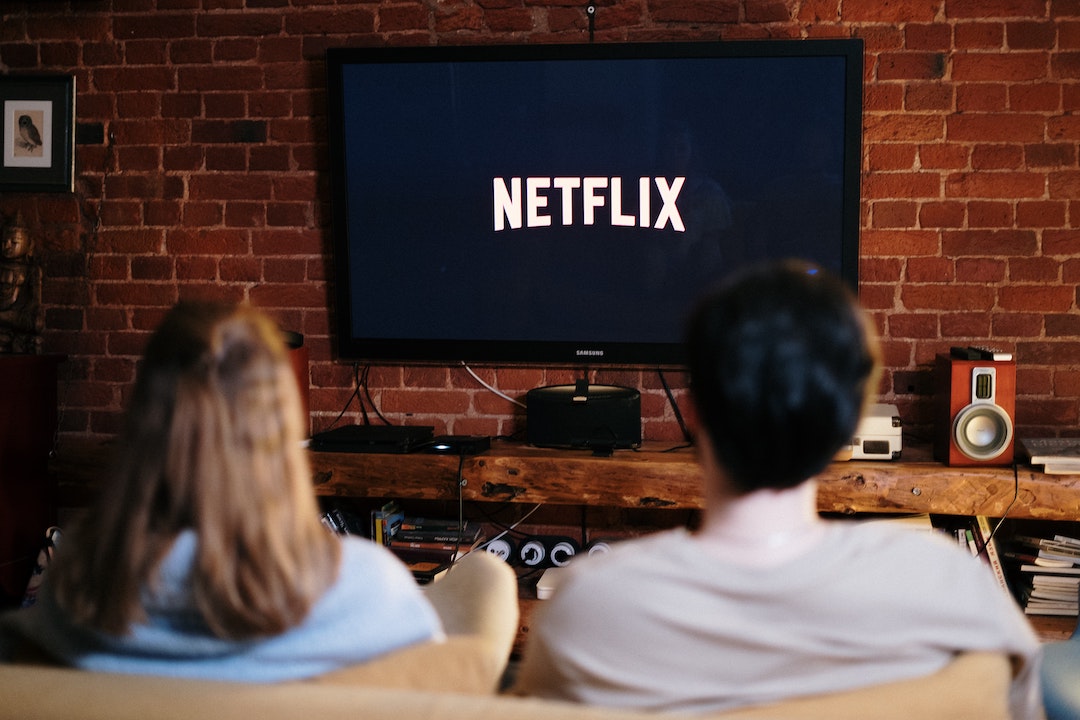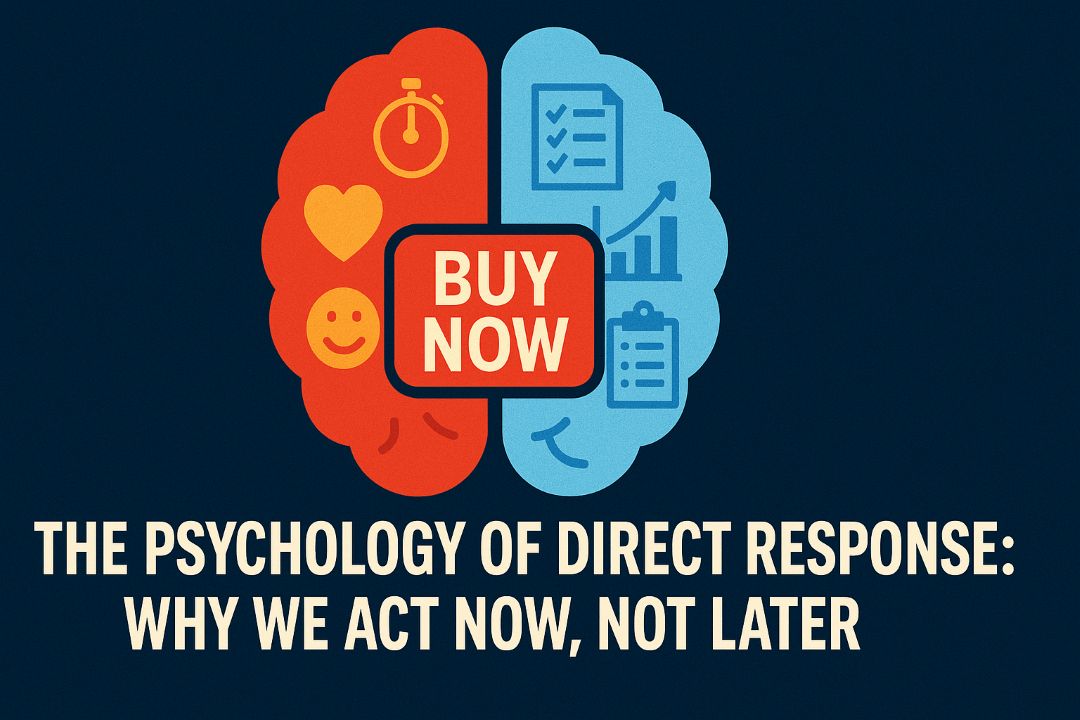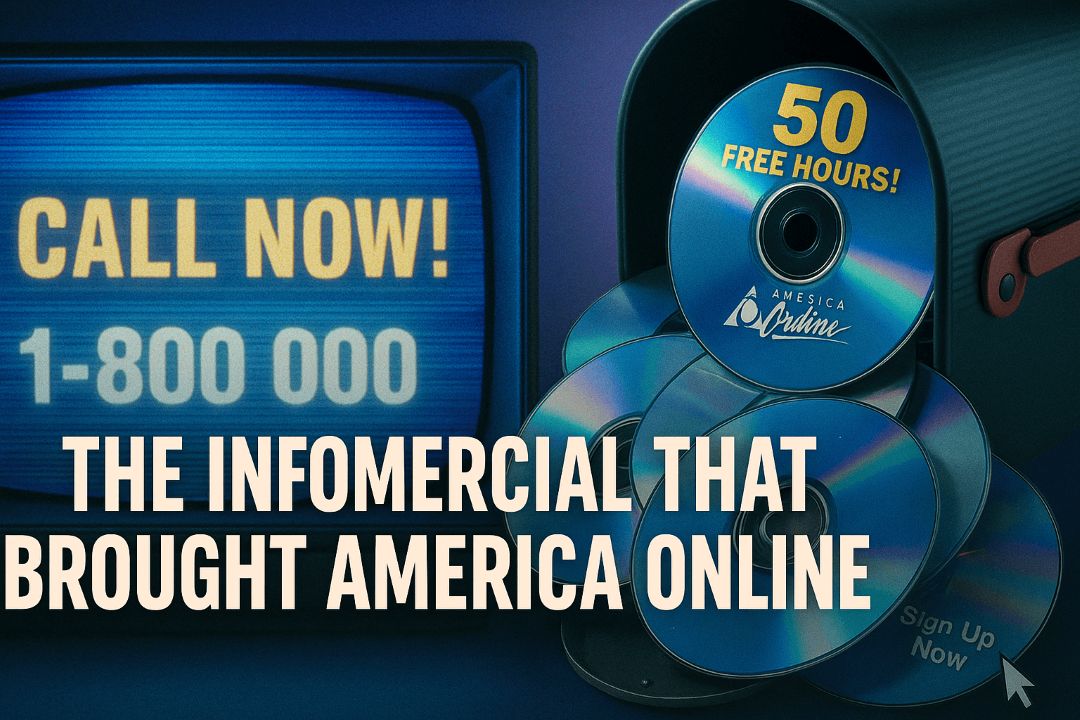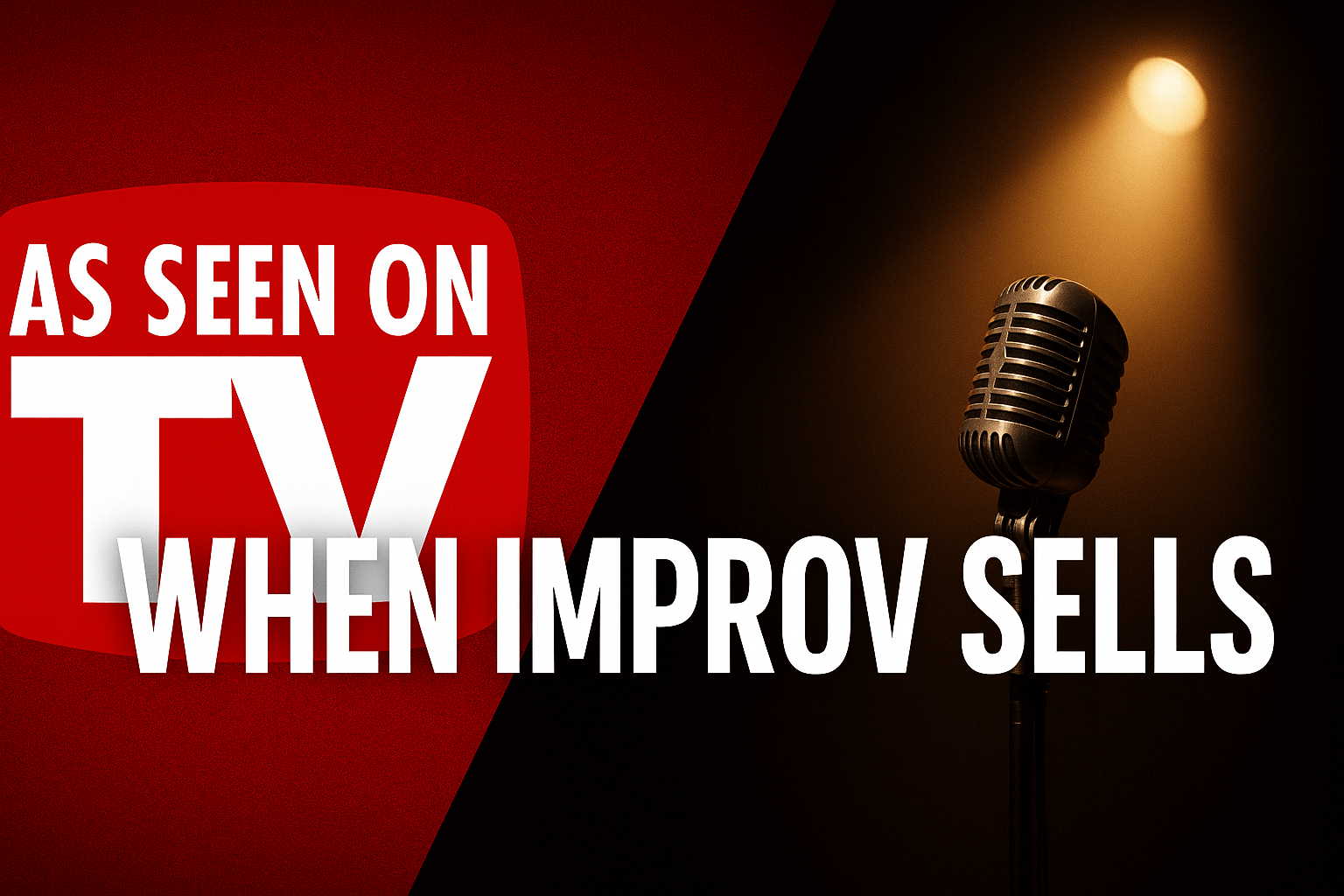From Infomercials to Influencers: A Direct Response Revolution
In the 1990s, infomercials were the kings of late-night television. Think Tony Robbins, Ron Popeil, and Susan Powter—charismatic personalities who blended entertainment and sales into 30-minute programming blocks. These DRTV (Direct Response Television) pioneers used storytelling, emotional triggers, and clear calls to action to generate billions in product sales.
Fast-forward to 2025, and we’re witnessing a digital renaissance of that very same model. But now, instead of TV spots, it’s short-form videos, livestreams, and social media platforms driving direct response. The top-grossing influencers of today are the infomercial hosts of the digital era—and they’re earning millions doing it.
Top Grossing Influencers of 2025: The New DRTV Stars
| Influencer | Platform | 2025 Earnings | Modern Infomercial Equivalent |
|---|---|---|---|
| Cristiano Ronaldo | $3.2M per post | Celebrity product endorser | |
| Selena Gomez | $2.5M per post | Beauty/lifestyle pitchwoman | |
| Lionel Messi | $2.5M per post | Global sports icon in campaigns | |
| Kylie Jenner | $2.3M per post | Brand owner/infotainment mogul | |
| The Rock | $2.3M per post | Fitness guru and motivator | |
| Kim Kardashian | $2.2M per post | Modern queen of reality commerce | |
| MrBeast | YouTube | $85M/year | Game-show-meets-giveaway king |
| Dhar Mann | YouTube | $56M/year | Morality tale storyteller |
| Jake Paul | YouTube/Boxing | $50M/year | Shock-value showman |
| Charli D’Amelio | TikTok | $17.5M/year | Dance and youth culture idol |
| Khaby Lame | TikTok | $16–$20M/year | Visual comedy influencer |
Why This Resembles 90s DRTV
Let’s connect the dots:
1. Personality-Driven Sales
The old-school infomercial was built around a relatable or aspirational figure—just like today’s influencers. MrBeast’s stunts evoke the wild creativity of Ron Popeil’s pocket fisherman. Kylie Jenner’s beauty empire is Susan Powter 2.0, with a billion-dollar twist.
2. Entertainment + Offer = Conversion
DRTV relied on emotionally engaging content and an irresistible offer. Influencers today use the same formula: entertain first, offer second. Think Jake Paul’s PPV boxing events or Charli D’Amelio’s dance-driven brand deals.
3. Direct Response Mechanisms
In the 90s, viewers called 1-800 numbers or mailed order forms. In 2025, it’s “link in bio,” affiliate codes, or swipe-up CTAs. The conversion path is shorter, but the psychology is the same.
4. Platform as Media Channel
Just as infomercials rented airtime on niche cable stations, influencers today “rent” attention on Instagram, YouTube, and TikTok. Their follower count is their reach, and the algorithms are the new media buyers.
The New Blueprint for DRTV
Today’s influencer model has not replaced DRTV—it has evolved it.
Modern DRTV campaigns often feature influencers in place of actors or voiceover artists. Brands now deploy direct response tactics on platforms like Instagram Reels, YouTube Shorts, and TikTok. In fact, smart marketers are treating social media as a 24/7 digital infomercial, with each video acting as a call to action.
What DRTV Professionals Can Learn from Influencers
- Micro-moments matter: You don’t need 30 minutes; you need 30 seconds of compelling content.
- Credibility converts: Personality trust is currency—just like with 90s hosts.
- Use storytelling hooks: Dhar Mann’s moral tales are proof that a compelling arc still wins.
- Think multichannel: Combine TV buys with influencer partnerships for maximum impact.
- Track with precision: QR codes, affiliate links, and UTMs are the new 800-numbers.
Final Thoughts
The top grossing influencers of 2025 are living proof that the spirit of the 90s infomercial is alive and well—just upgraded for the digital age. For brands rooted in DRTV, it’s time to blend old-school direct response tactics with new-school platforms.
The faces may have changed, but the formula for success remains timeless: personality + product + persuasive storytelling = profit.











Leave a Reply